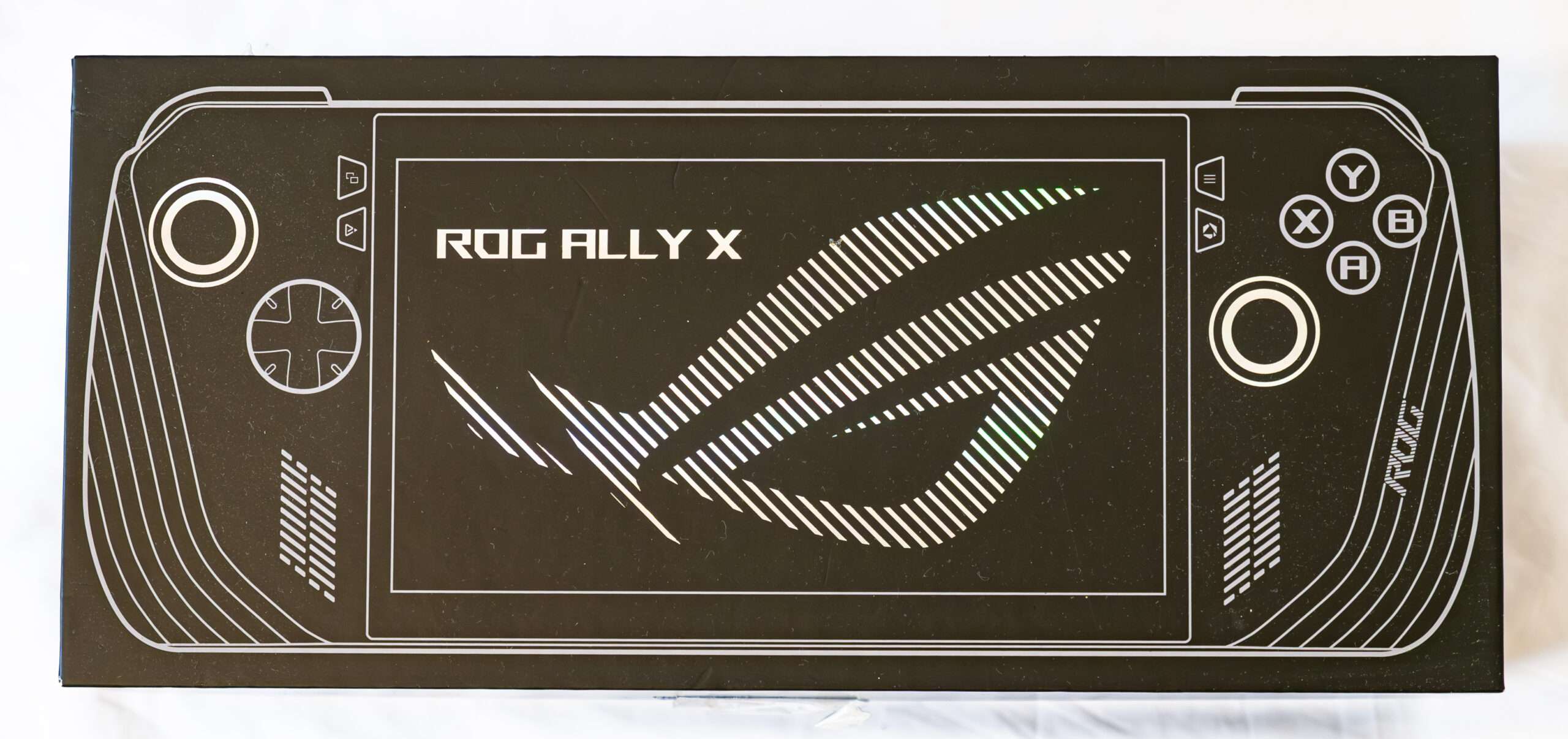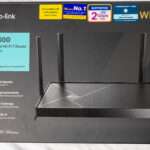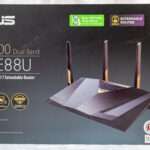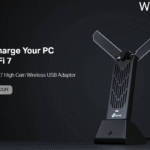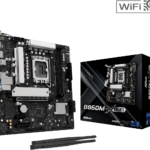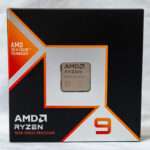When the Asus ROG Ally debuted in 2023, PC gaming handhelds were just beginning to gain momentum following the success of the Steam Deck. Although handheld gaming PCs existed prior to the Steam Deck, they have only recently become a mainstream option for playing PC games. While we’re still anticipating a new AMD Z-series chip to power the next generation of these devices, the Asus ROG Ally X currently stands as the best Windows 11-based handheld gaming PC available.
Despite the fact that the Asus ROG Ally X still uses the same AMD Z1 Extreme chip found in the original Ally and the Lenovo Legion Go, Asus has made significant upgrades. These include a more powerful cooling system, a larger battery, and an additional 8GB of RAM, all of which elevate the system’s performance. However, it does have its drawbacks. Windows 11 on a touchscreen remains cumbersome, and although Asus’ interface solution works well most of the time, it can still be inconsistent at times.
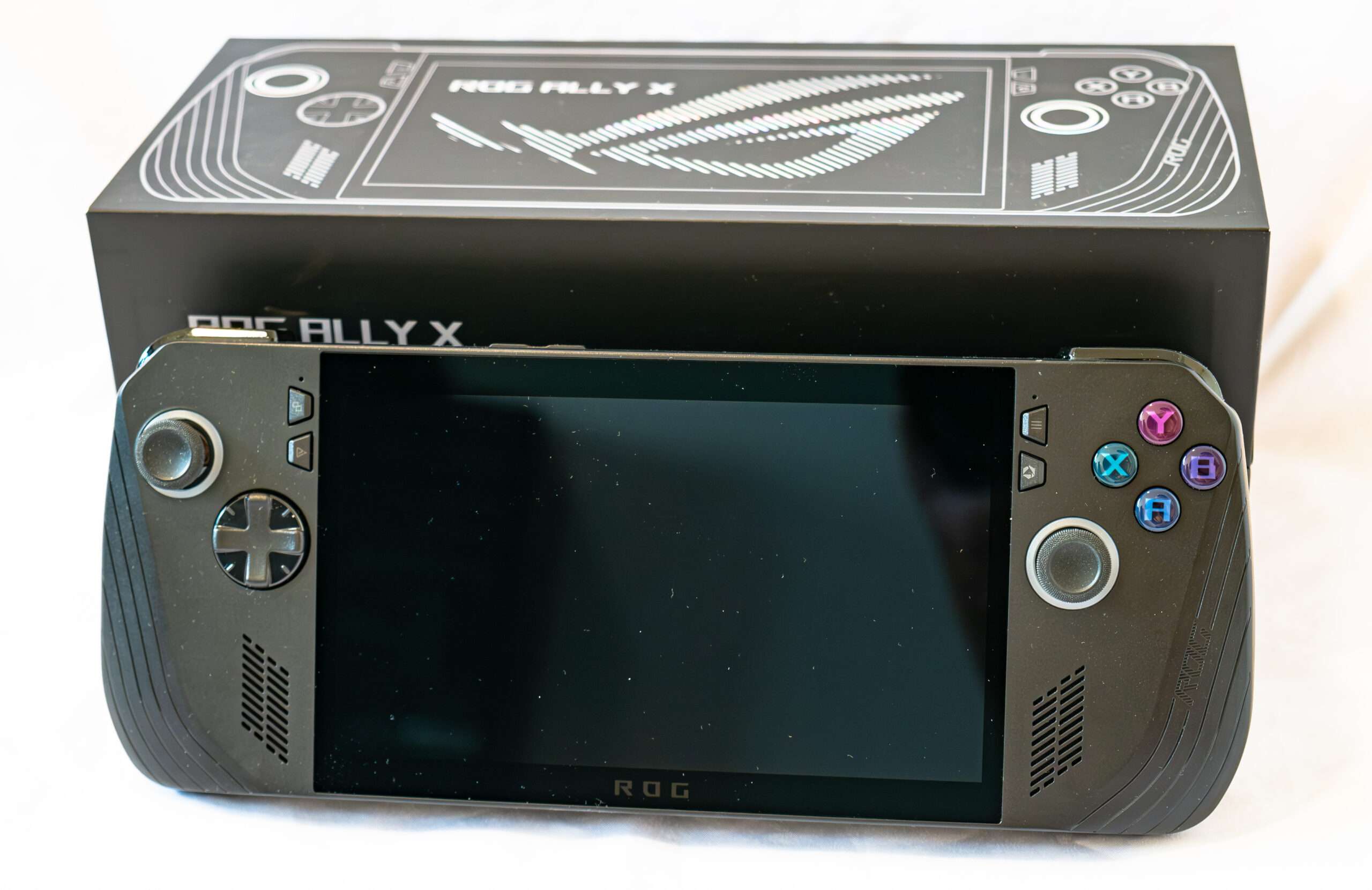
Below the buttons on either side of the ROG Ally X are its speakers. Asus claims these speakers are louder than the previous generation, and while they are indeed louder, the difference isn’t dramatic. What’s key is that they don’t sound bad during intense gameplay—whether you’re shooting or blowing things up, the sound remains clear. Thankfully, the speakers are paired with the same impressive display as the original ROG Ally.

The Asus ROG Ally X looks nearly identical to the original ROG Ally, with a slightly thicker build and a black color scheme. However, upon closer inspection, you’ll notice several key improvements. Asus has added an additional exhaust vent on the top of the chassis, redesigned the rear buttons to be smaller and more comfortable, and replaced the awkward ROG XG port—rarely used by anyone—with a second USB-C port. It feels like Asus addressed all the shortcomings of the original and refined the device for a better experience.
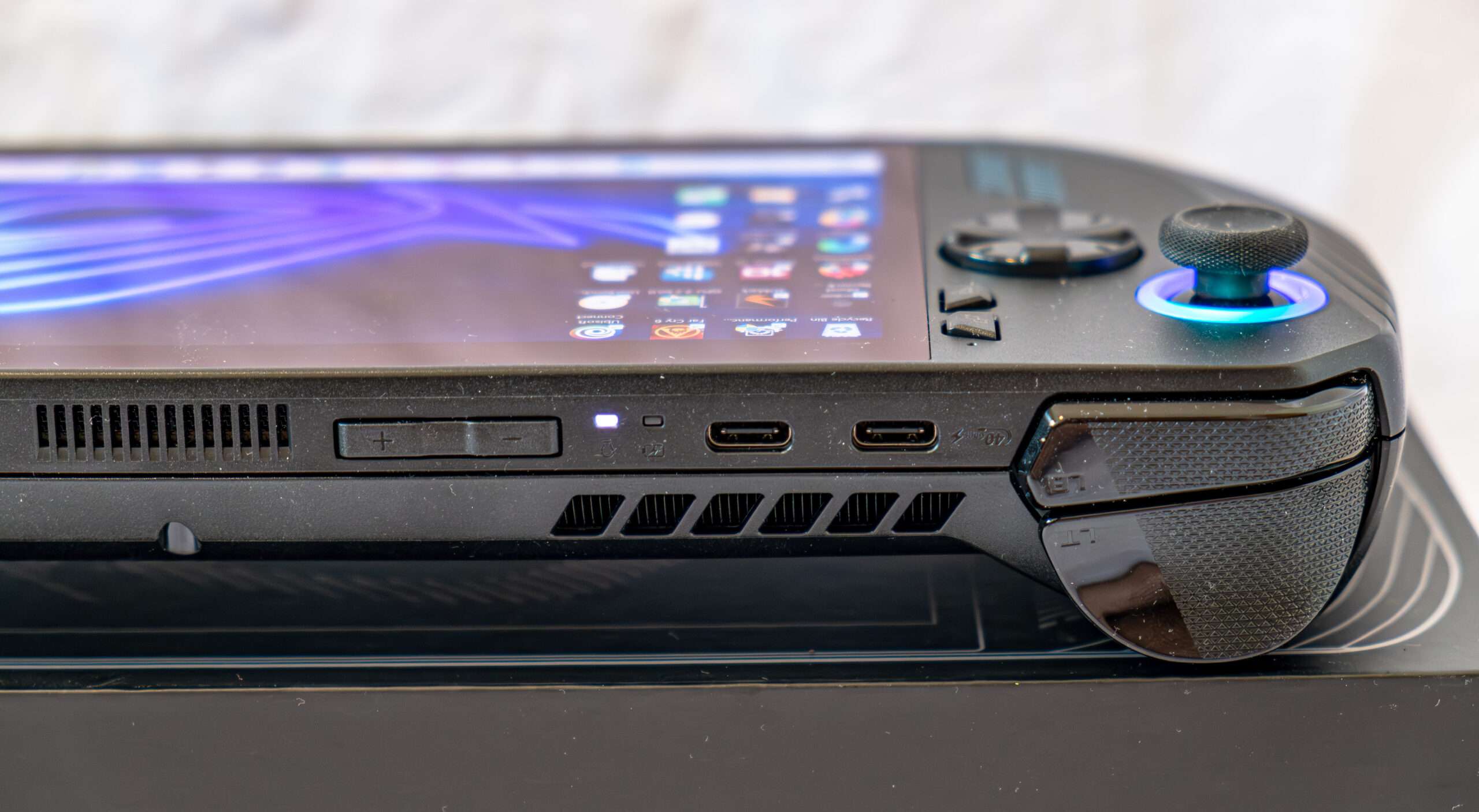
he ROG Ally X is 1.45 inches thick at its thickest point, compared to 1.28 inches on the original model. Asus has used this extra space to enhance the cooling system, incorporating an air channel that directs heat away from the display and out the back of the device. A new exhaust vent, located between the volume rocker and the mini-SD port, now makes three exhausts on top, effectively dispersing hot air and keeping the system cool. And it works—after hours of gameplay, the touchscreen remains remarkably cool, a significant improvement over the original Ally, where the screen would become uncomfortably hot after extended use. The only time you might feel any heat is when interacting with the buttons at the top, though fortunately, these are minimal. There’s a combined power button and fingerprint reader, volume rockers, a micro-SD card reader, a headphone jack, and two USB-C ports—side by side. While the extra USB-C port is a welcome addition, placing both ports next to each other seems odd when Asus could have followed Lenovo’s example by putting one on the bottom.
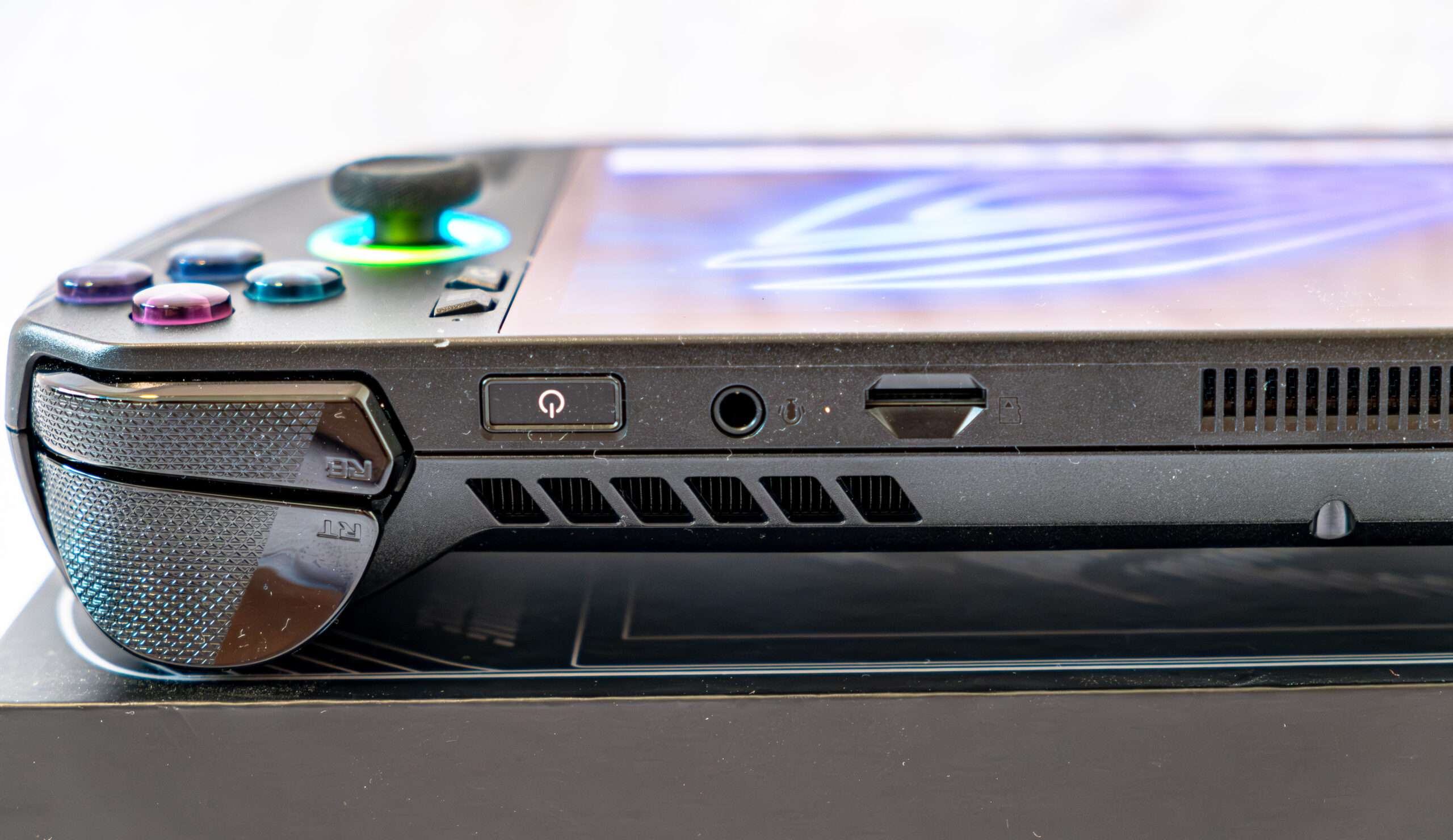
The front buttons are standard Xbox-style controls, but under the Menu and View buttons are two proprietary ones: the left opens the ‘Command Center,’ and the right launches Asus Armoury Crate SE. The Command Center is especially handy, allowing you to quickly tweak settings mid-game or bring up a keyboard to exit a problematic game.
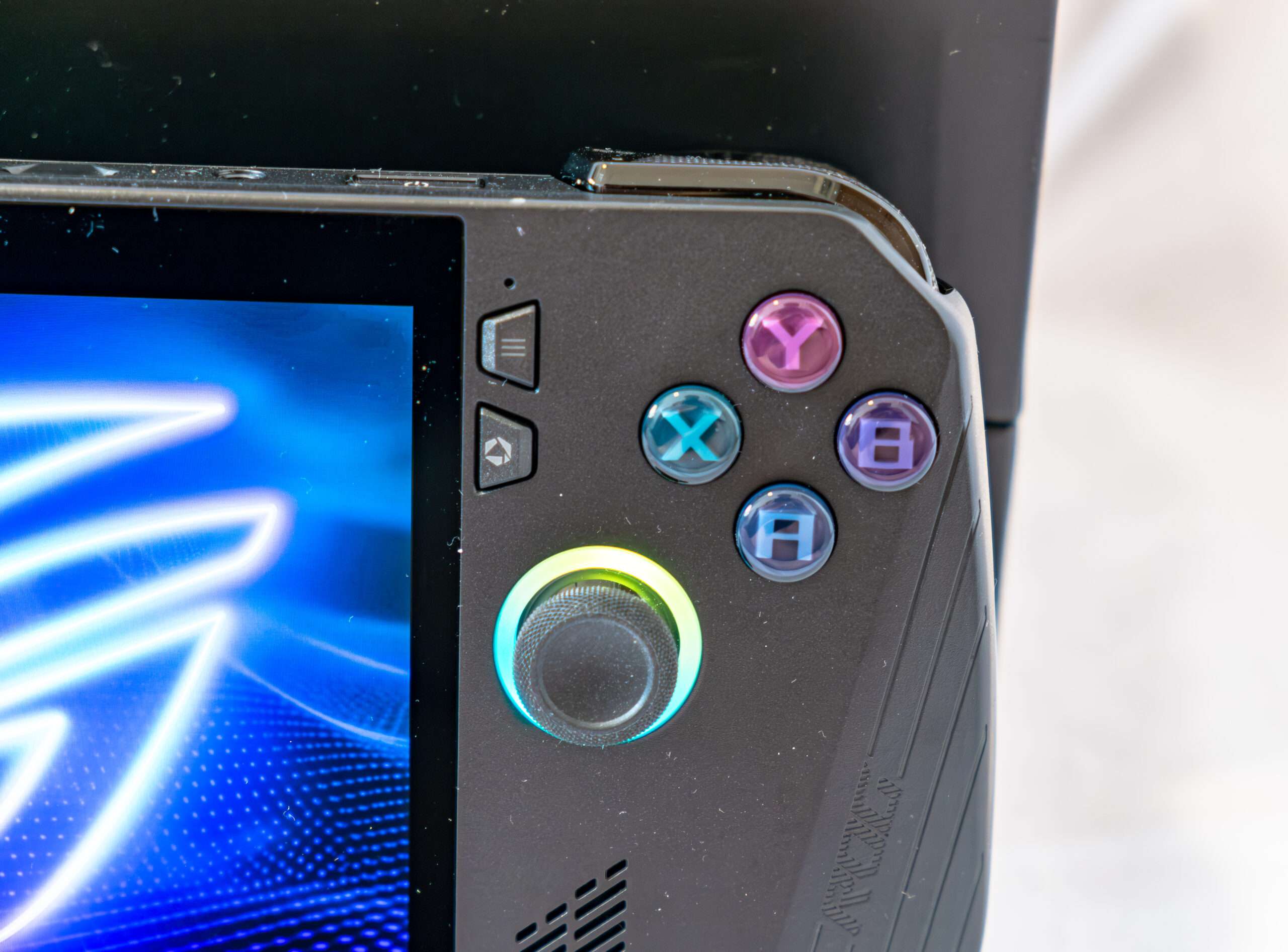
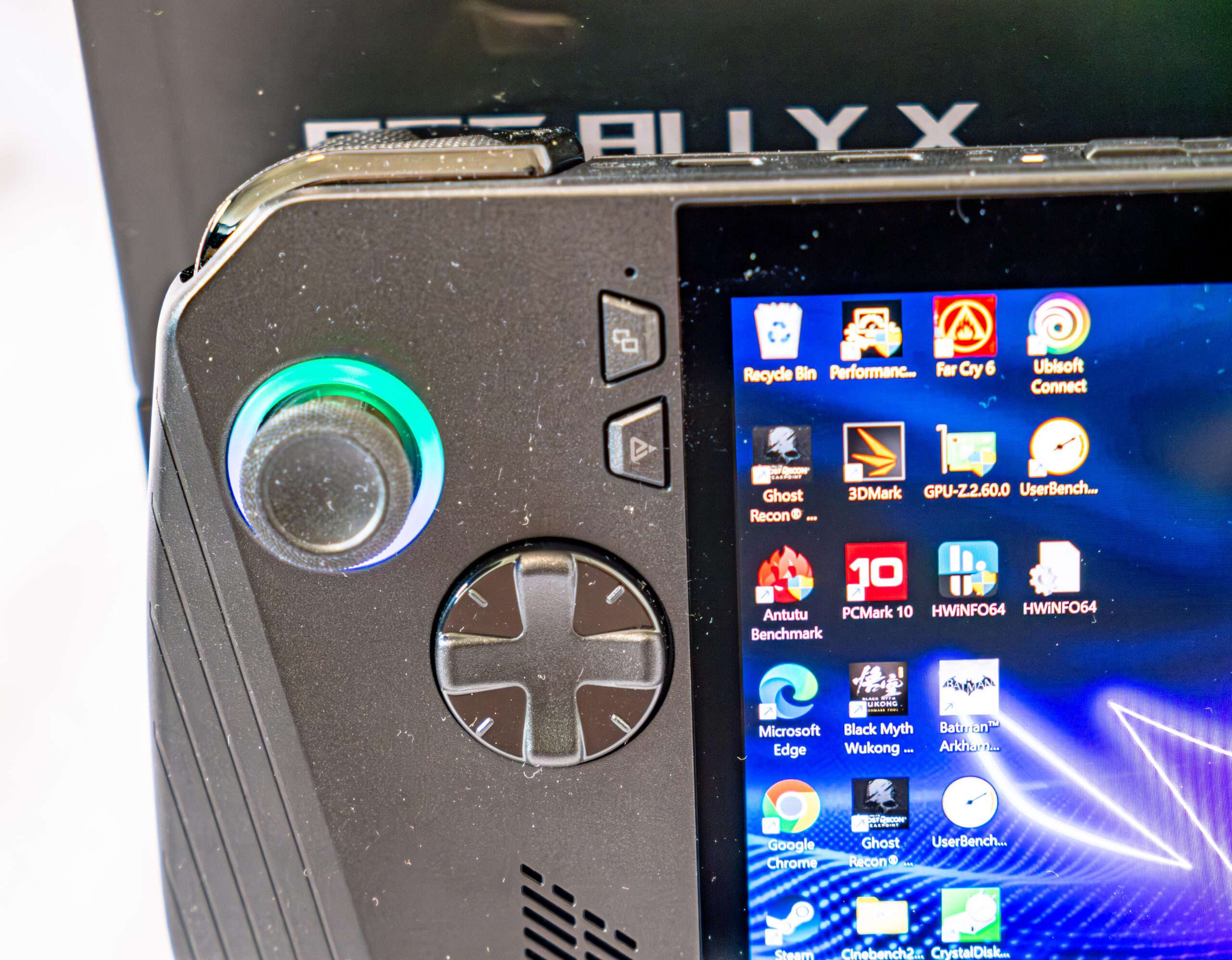
The 7-inch 1080p IPS screen, with its 120Hz refresh rate, is perfectly suited to the device since it wouldn’t be able to handle higher resolutions efficiently. The display covers 100% of the sRGB color gamut, and with a peak brightness of 500 nits, games look stunning, even in brightly lit environments. The ROG Ally X still relies on the same AMD Z1 Extreme SoC, but Asus has upgraded the RAM to 24GB of LPDDR5, clocked at 7,500MHz, compared to the original’s 16GB at 6,400MHz. This increase in both memory capacity and speed is a huge boost for the Ally X’s gaming performance, allowing it to handle more demanding tasks and offer smoother gameplay.

Technical Specification
| Asus ROG Ally X | |
|---|---|
| Display | 7-inch IPS panel: 1920×1080, 120 Hz, 7 ms, 500 nits, 100% sRGB, FreeSync, Gorilla Glass Victus |
| OS | Windows 11 (Home) |
| CPU | AMD Ryzen Z1 Extreme (Zen 4, 8 core, 24M cache, 5.10 Ghz, 9-30 W (as reviewed) |
| RAM | 24GB LPDDR5X 6400 MHz |
| GPU | AMD Radeon RDNA3, 2.7 GHz, 8.6 Teraflops |
| Storage | M.2 NVME 2280 Gen4x4, 1TB (as reviewed) |
| Networking | Wi-Fi 6E, Bluetooth 5.2 |
| Battery | 80 Wh (65W max charge) |
| Ports | USB-C (3.2 Gen2, DPI 1.4, PD 3.0), USB-C (DP, PD 3.0), 3.5 mm audio, Micro SD |
| Size | 11×4.3×0.97 in. (280×111×25 mm) |
| Weight | 1.49 lbs (678 g) |
| Price as reviewed | $1199 |
Processor: AMD Ryzen Z1 Extreme
The AMD Ryzen Z1 Extreme is an 8-core mobile processor, launched in May 2023 as part of the Ryzen Z1 lineup, built on the Zen 4 (Phoenix) architecture and using the Socket FP8. With AMD’s Simultaneous Multithreading (SMT), its core count is effectively doubled, supporting up to 16 threads. It features 16 MB of L3 cache and has a base clock speed of 3.3 GHz, capable of boosting up to 5.1 GHz depending on the workload. Manufactured using a 4 nm process with 25 billion transistors, the Ryzen Z1 Extreme is designed to deliver high performance in mobile devices like handheld gaming PCs. The chip integrates a modern and fasts RDNA 3 graphics card (iGPU) called Radeon 780M with 12 CUs and up to 2.7 GHz clock speed. Furthermore, the Phoenix series include a video engine with AV1 de- and encoding.
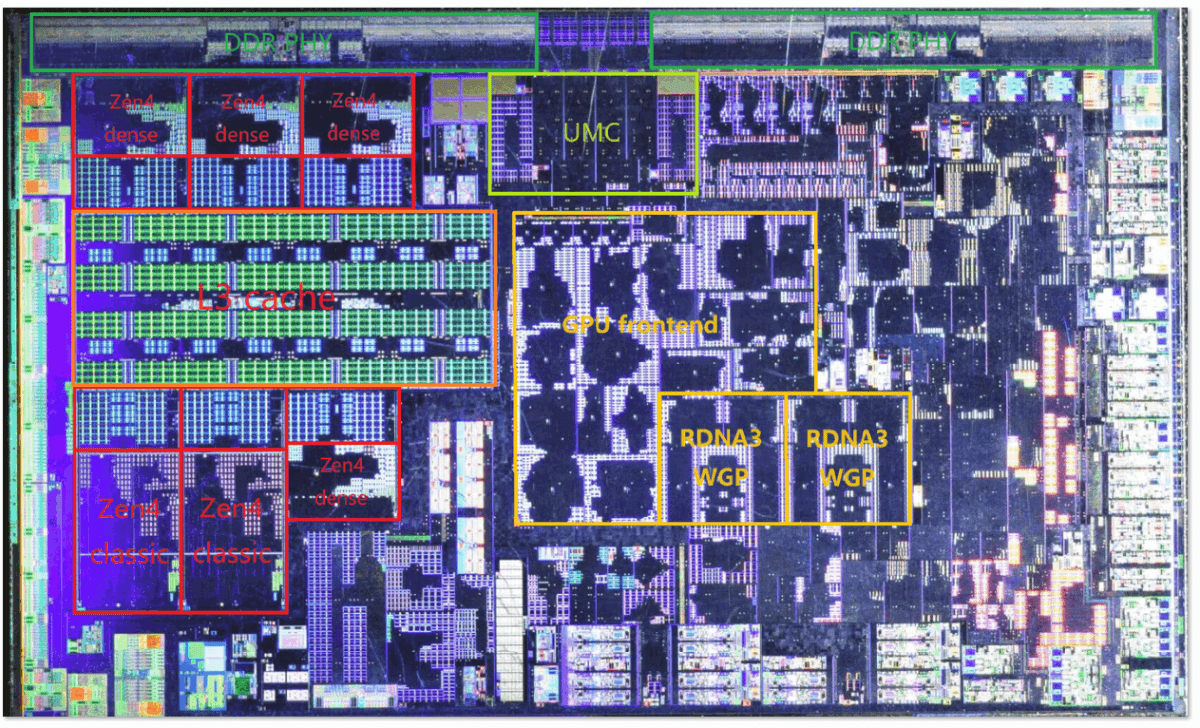
You can launch your games from the Armoury Crate app, but that program is also how you can customize your Ally X to fit your own needs. For instance, each button on the device – except for the power and volume buttons – can be programmed to your heart’s content. But even if you don’t want to mess with the settings, the default controller settings do make navigating Windows 11 a little easier. The Asus ROG Ally X gets around the clunky nature of using a touchscreen by having the right analog stick act as a pointer, and having the right bumper and trigger act as left click and right click, respectively. This makes navigating the system much easier, and is a must when you’re navigating apps that aren’t built for controller support like the EA app or the Epic Games Store.
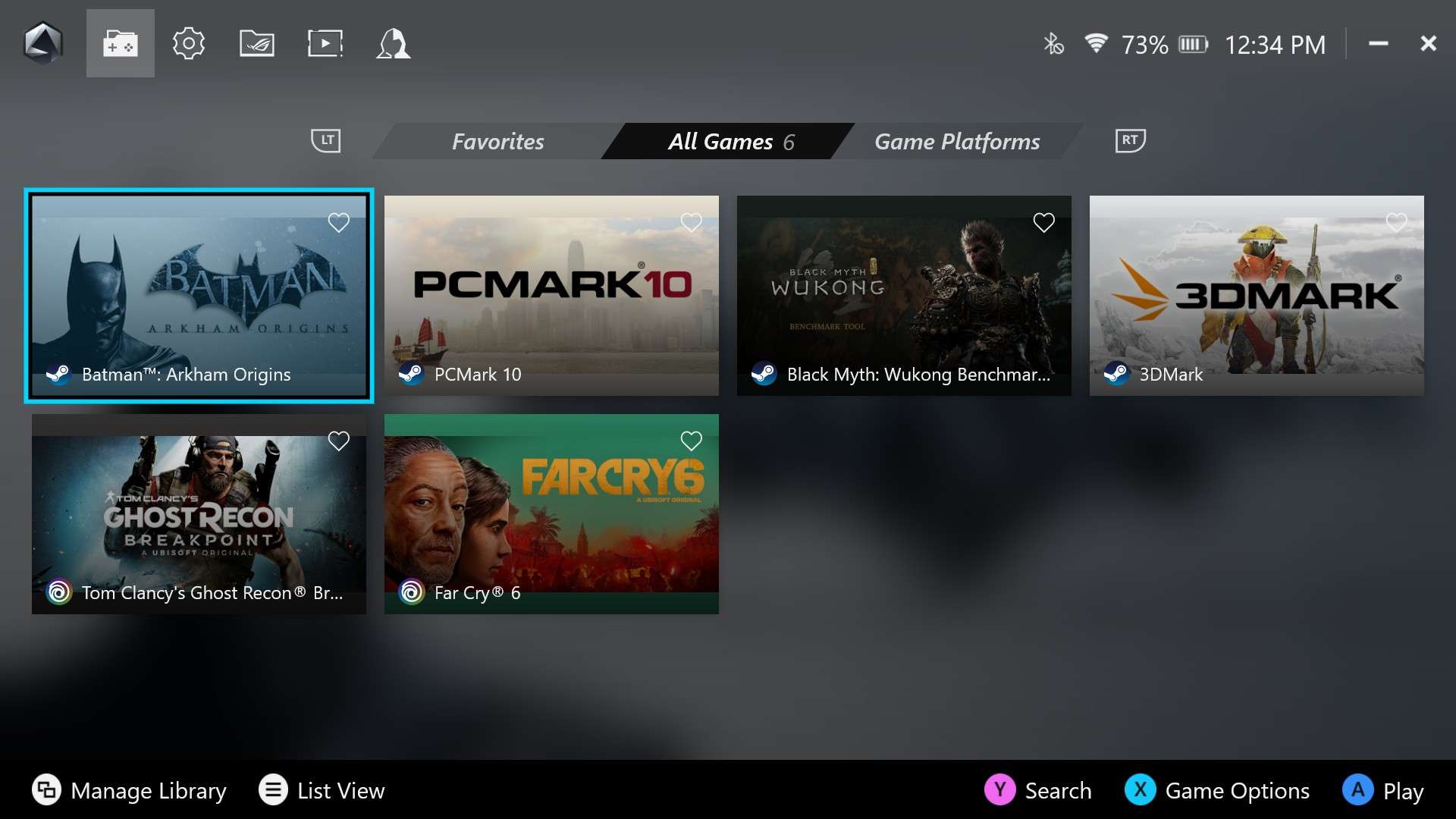

One downside of the ROG Ally X is the absence of a dedicated brightness control button, making it slightly less convenient to adjust on the go. Additionally, the device tends to attract dust easily, which can be a minor annoyance. Despite these small drawbacks, the ROG Ally X remains a standout Windows-based handheld. Its ability to run a variety of emulators, such as GBA, PlayStation, and other retro systems, makes it an excellent choice for those who love playing old-school games alongside modern titles.
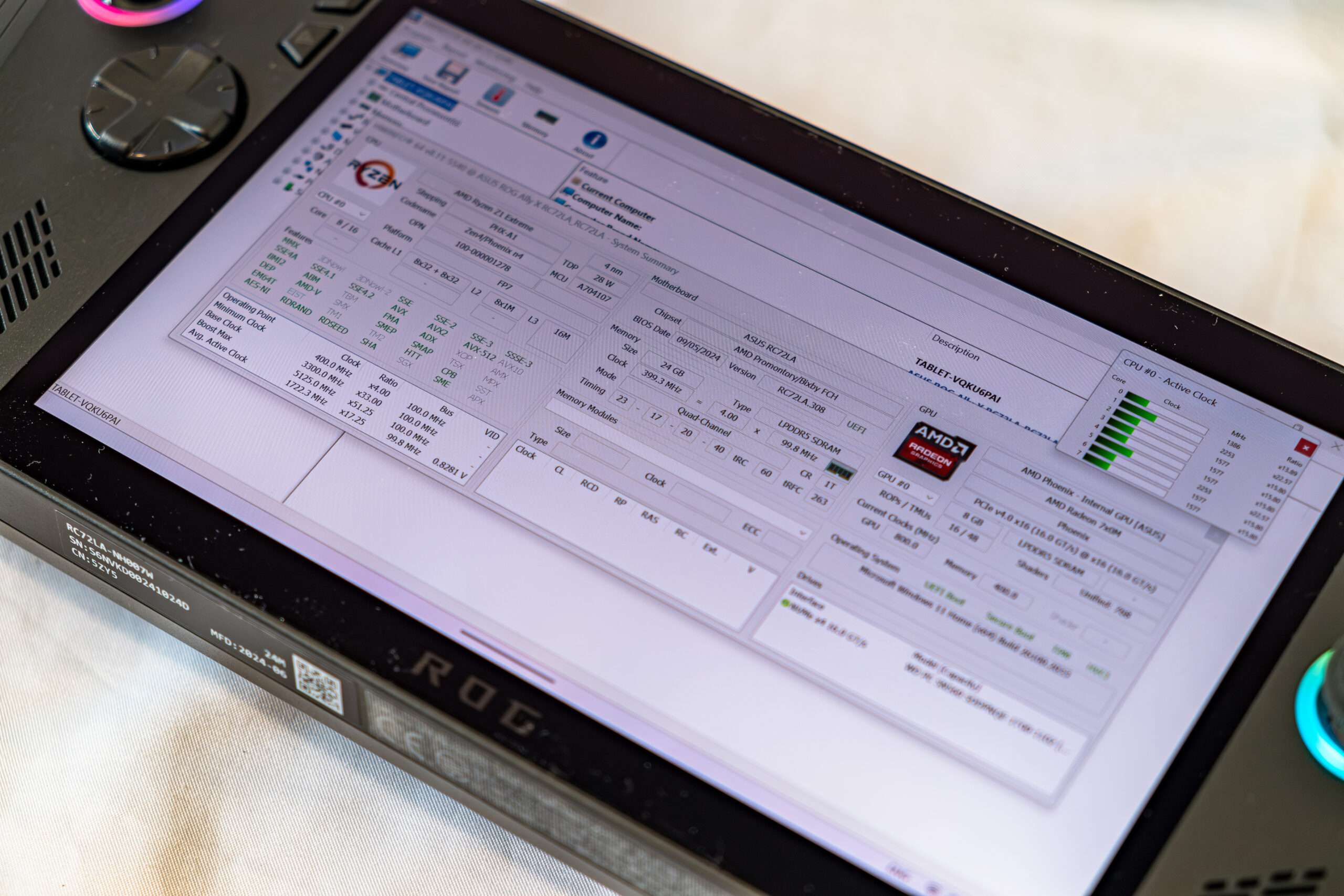
Benchmark: Game & Performance
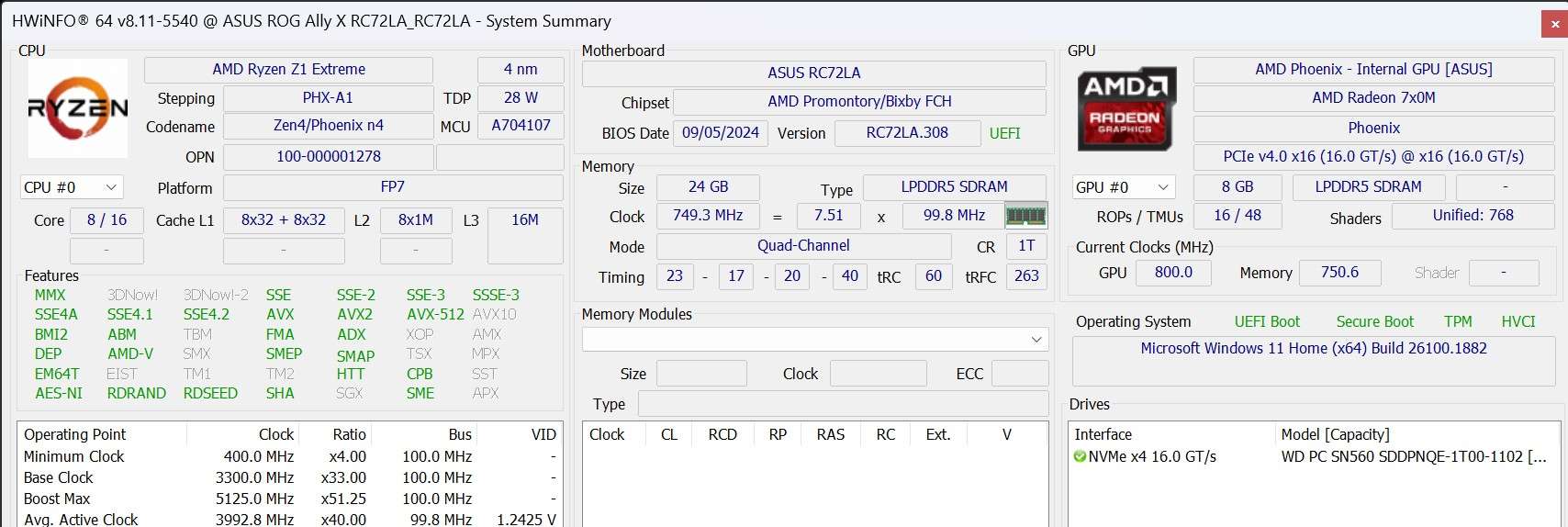
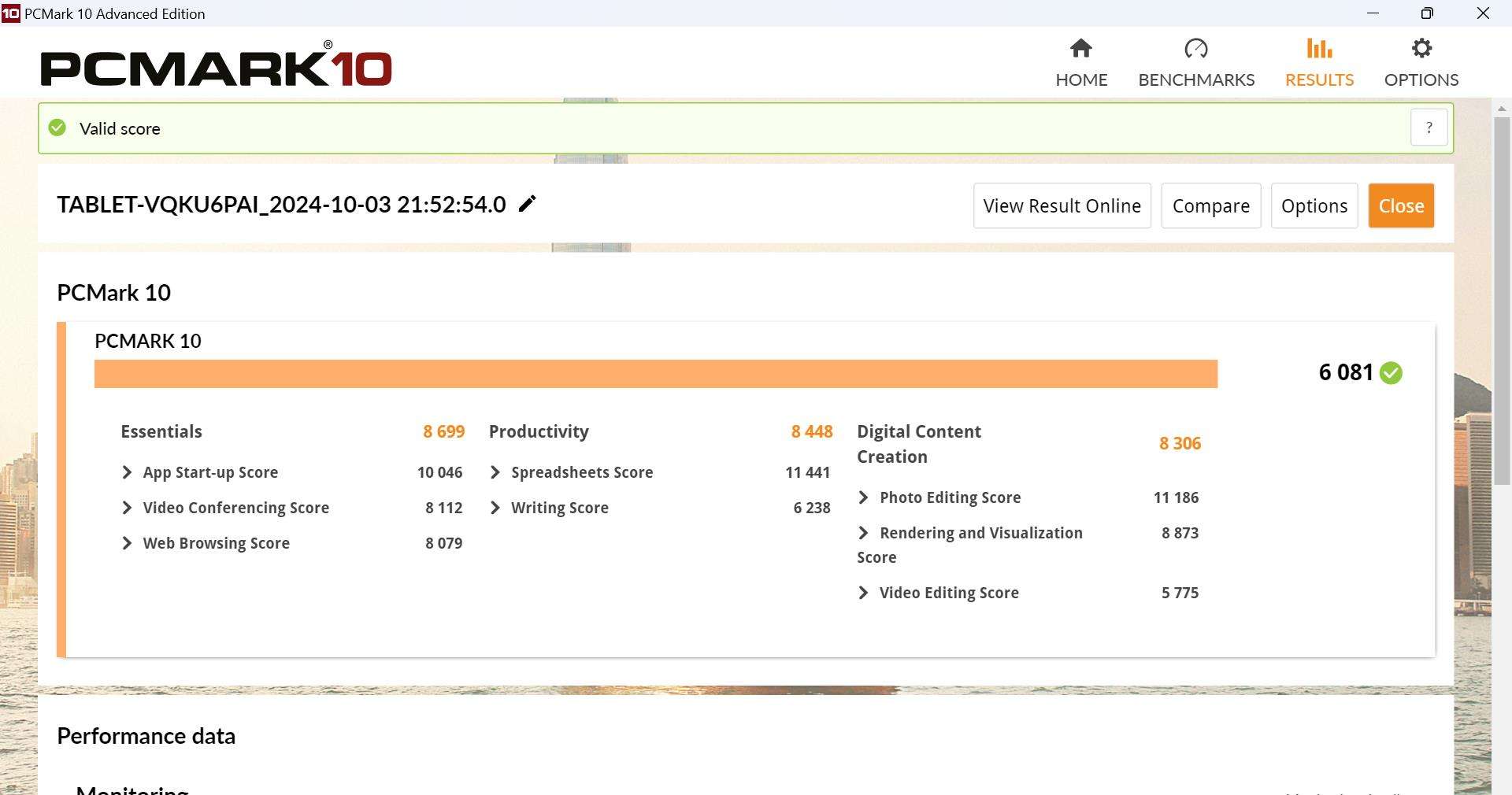
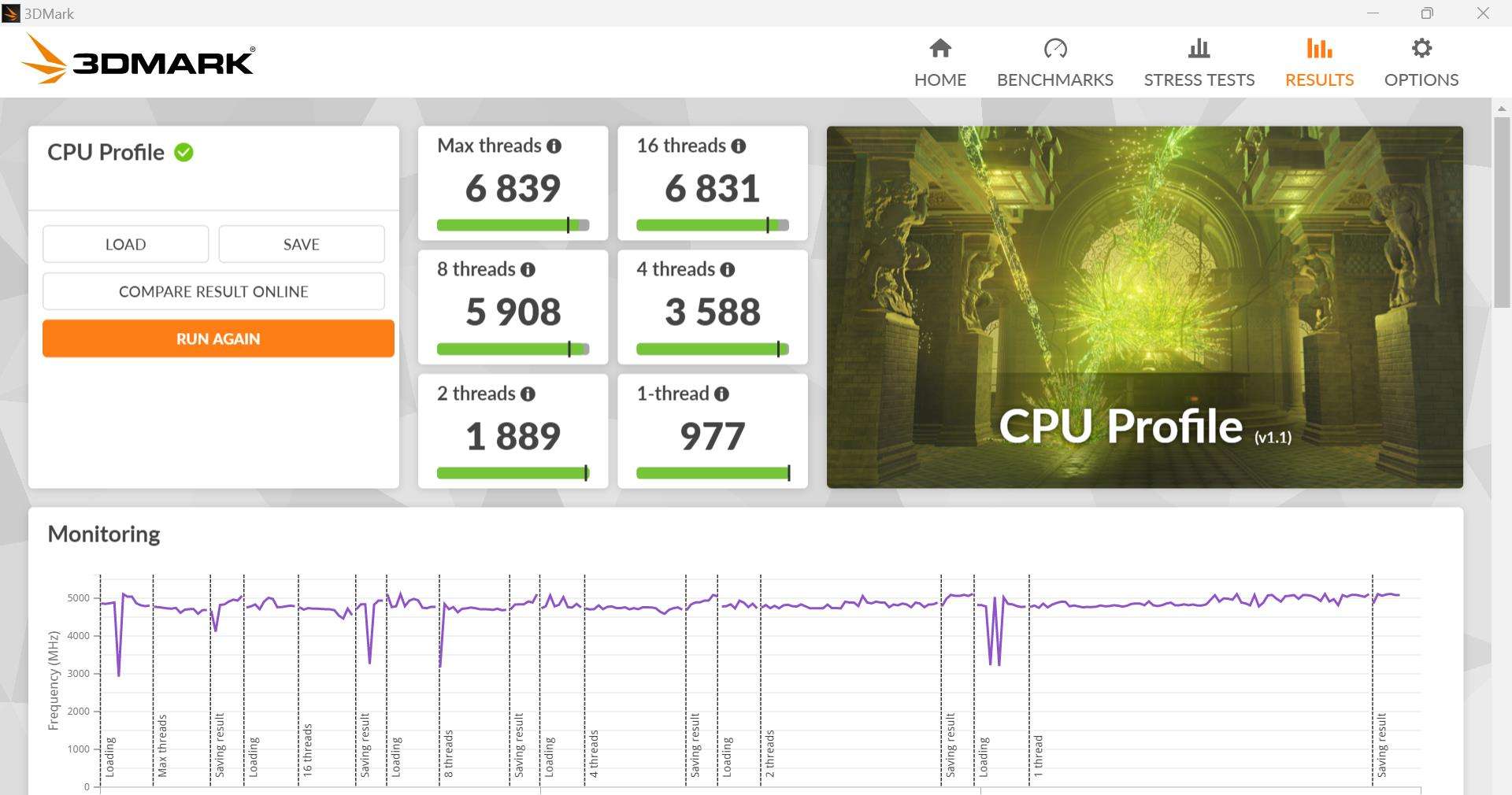
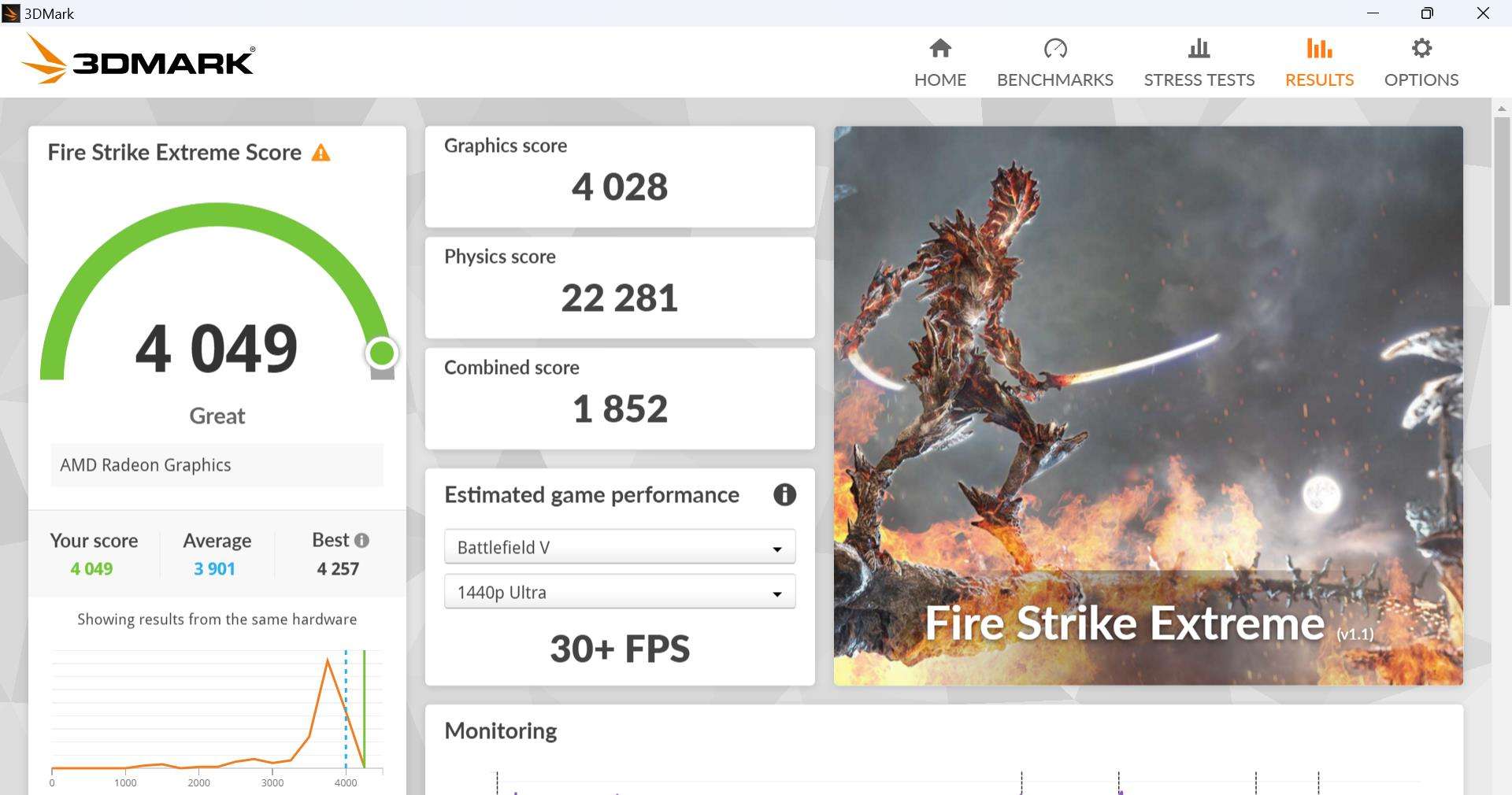
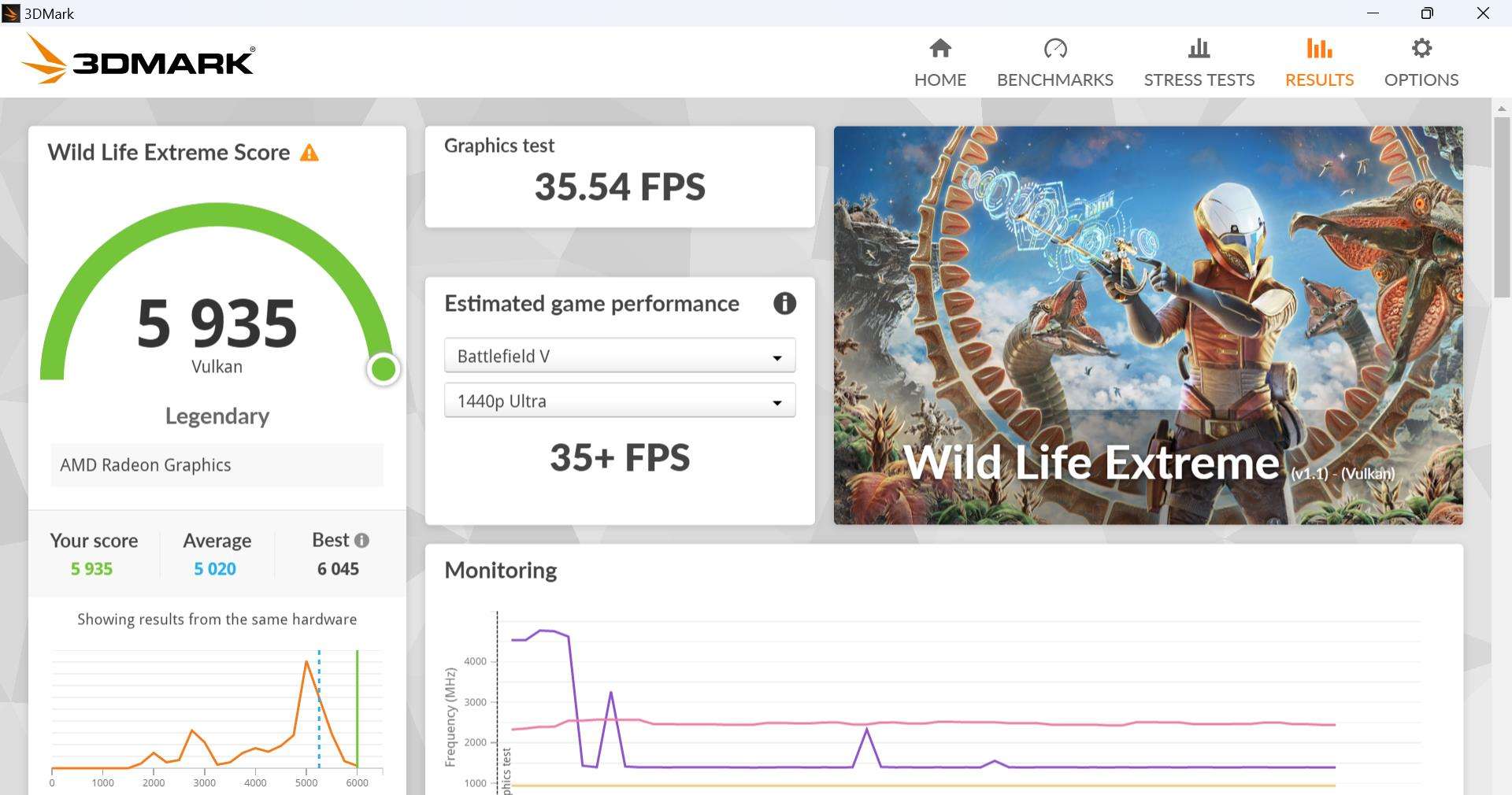

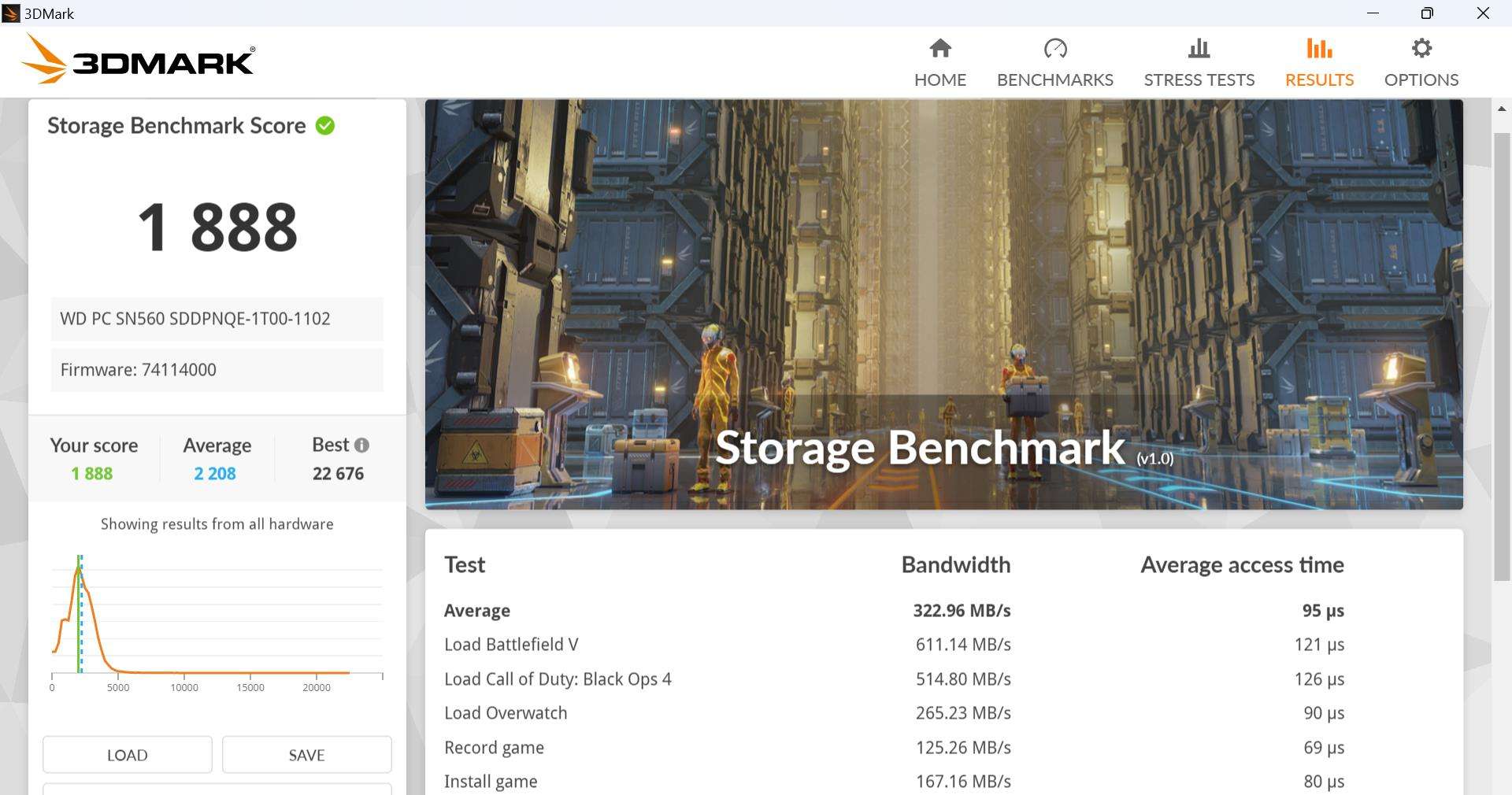

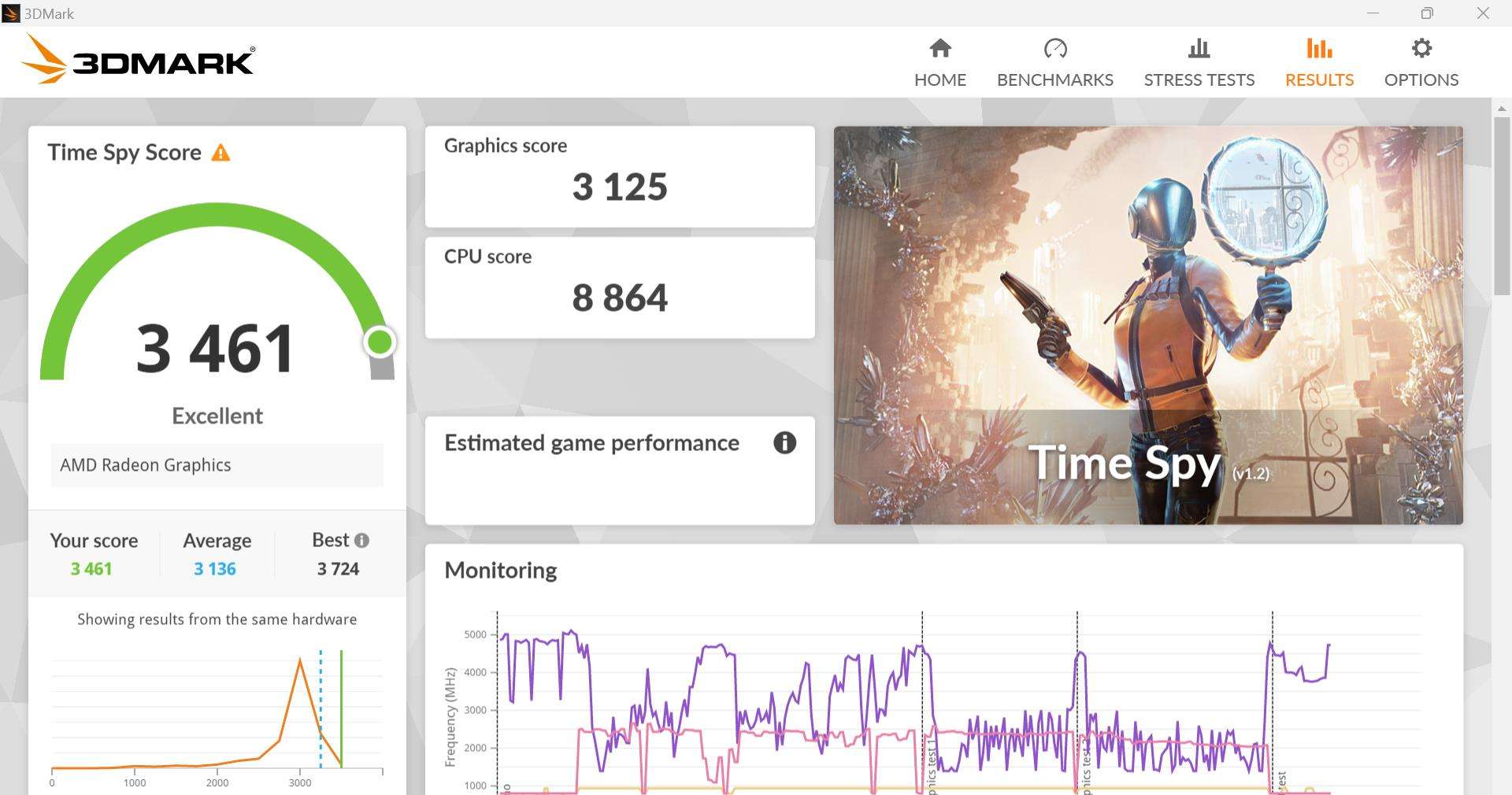
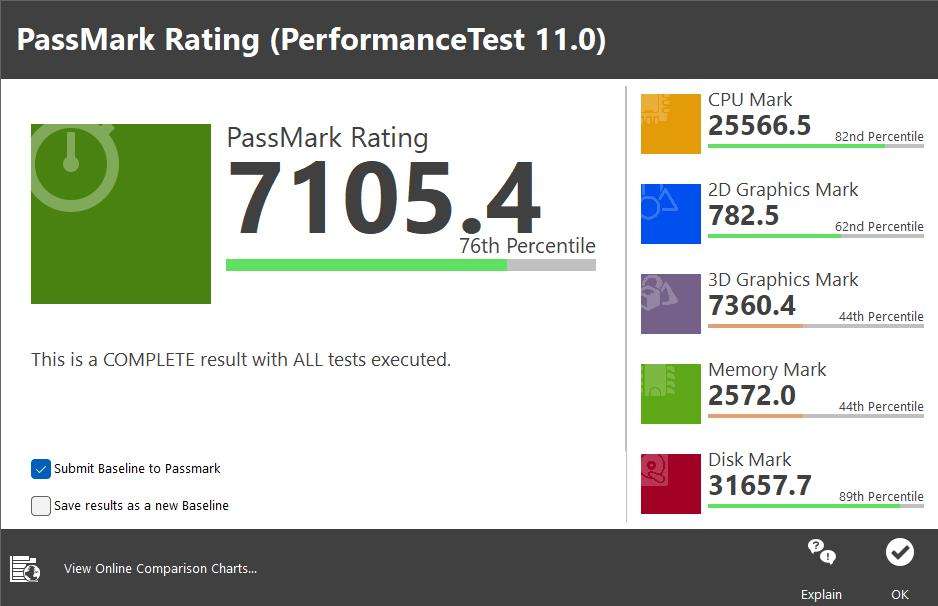
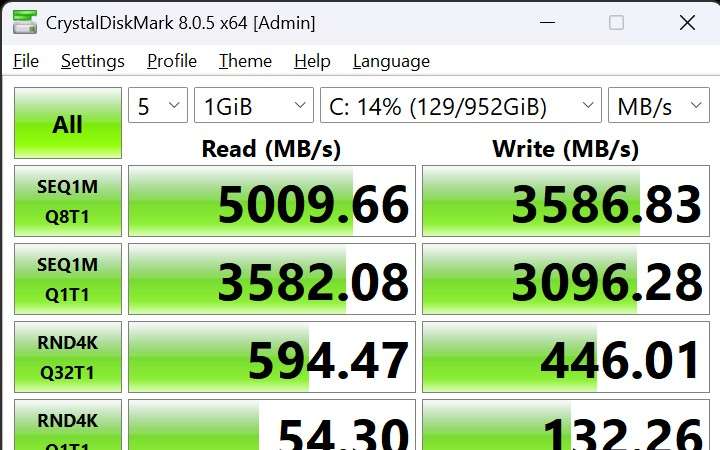
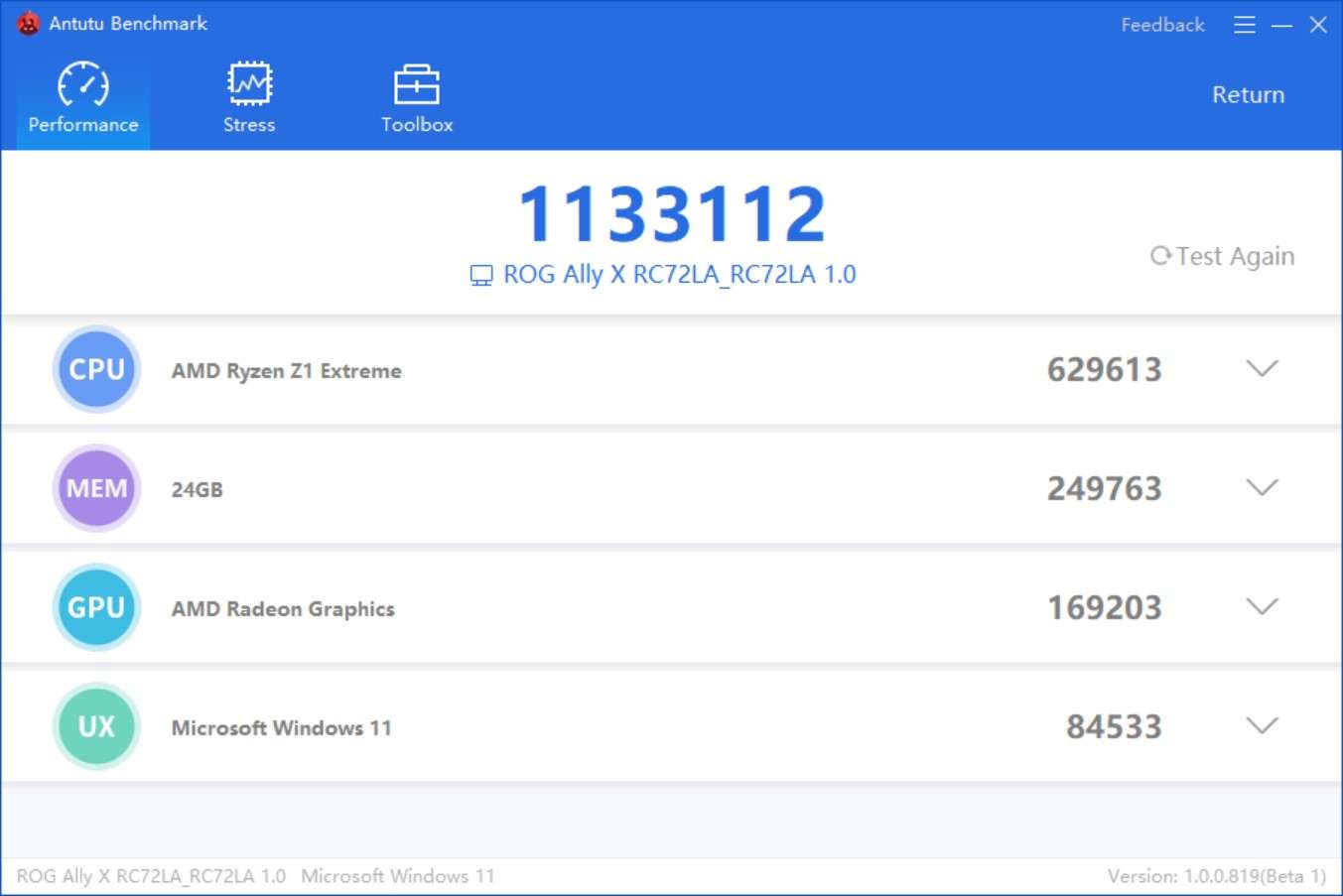
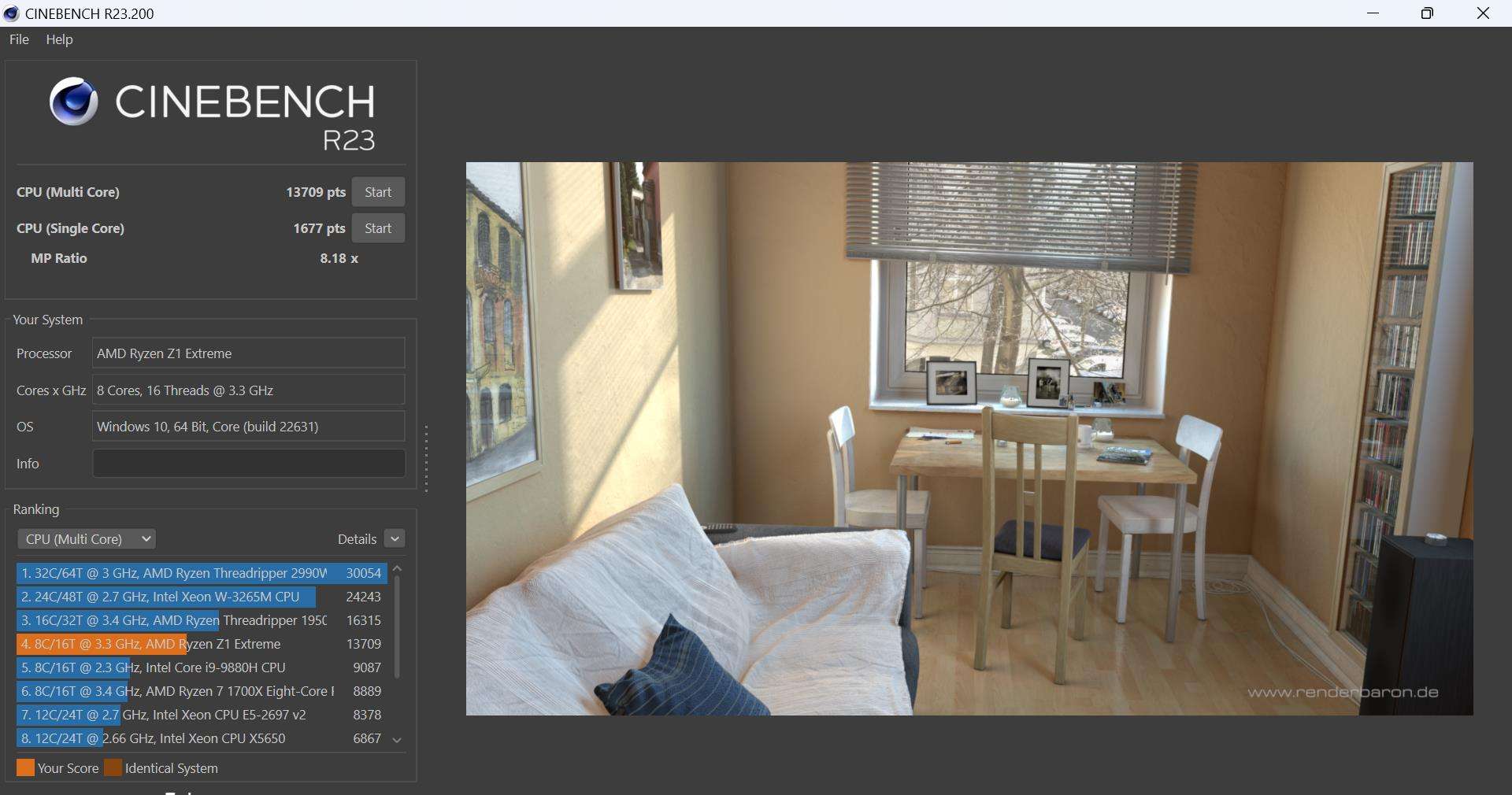
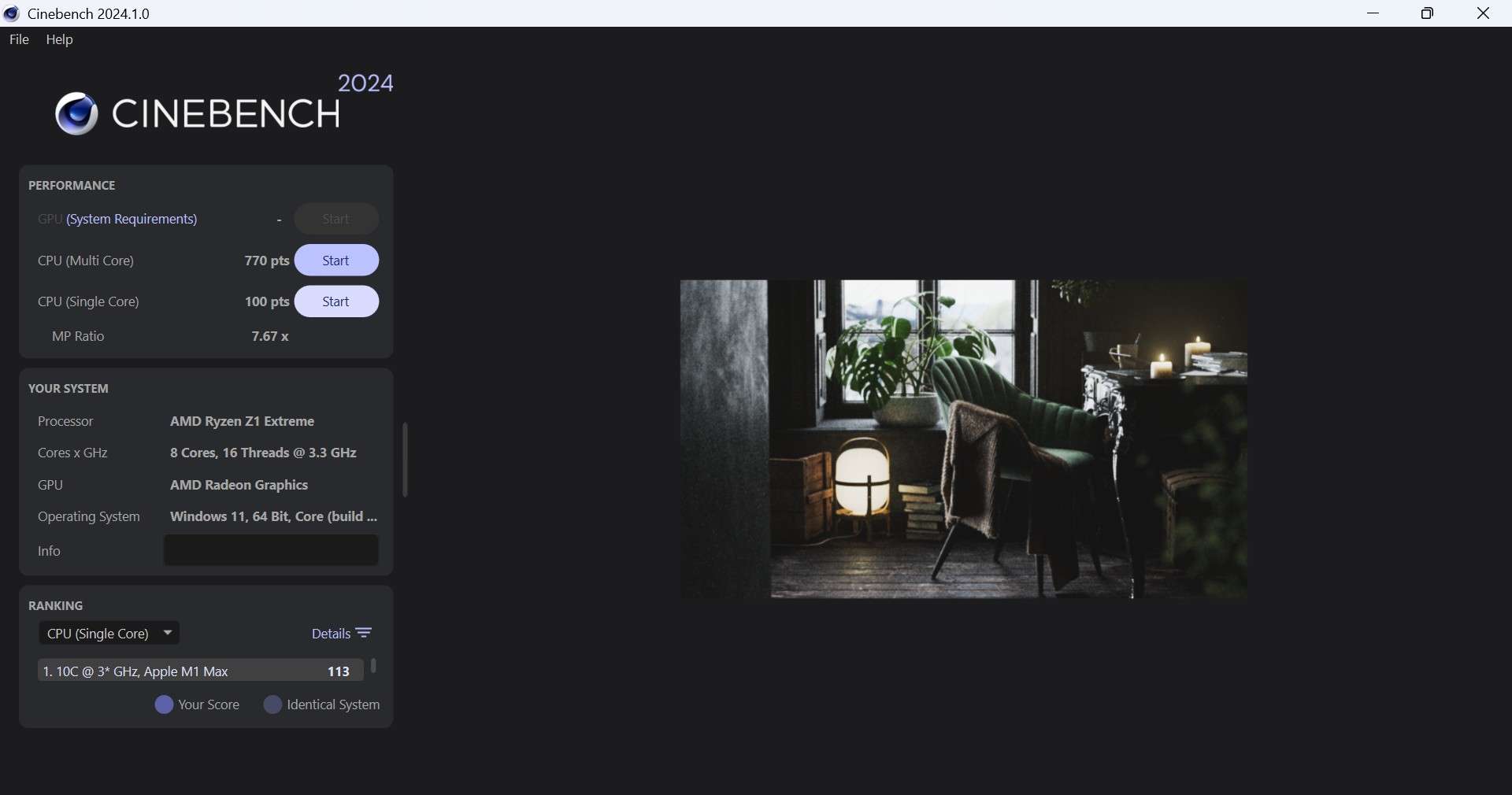
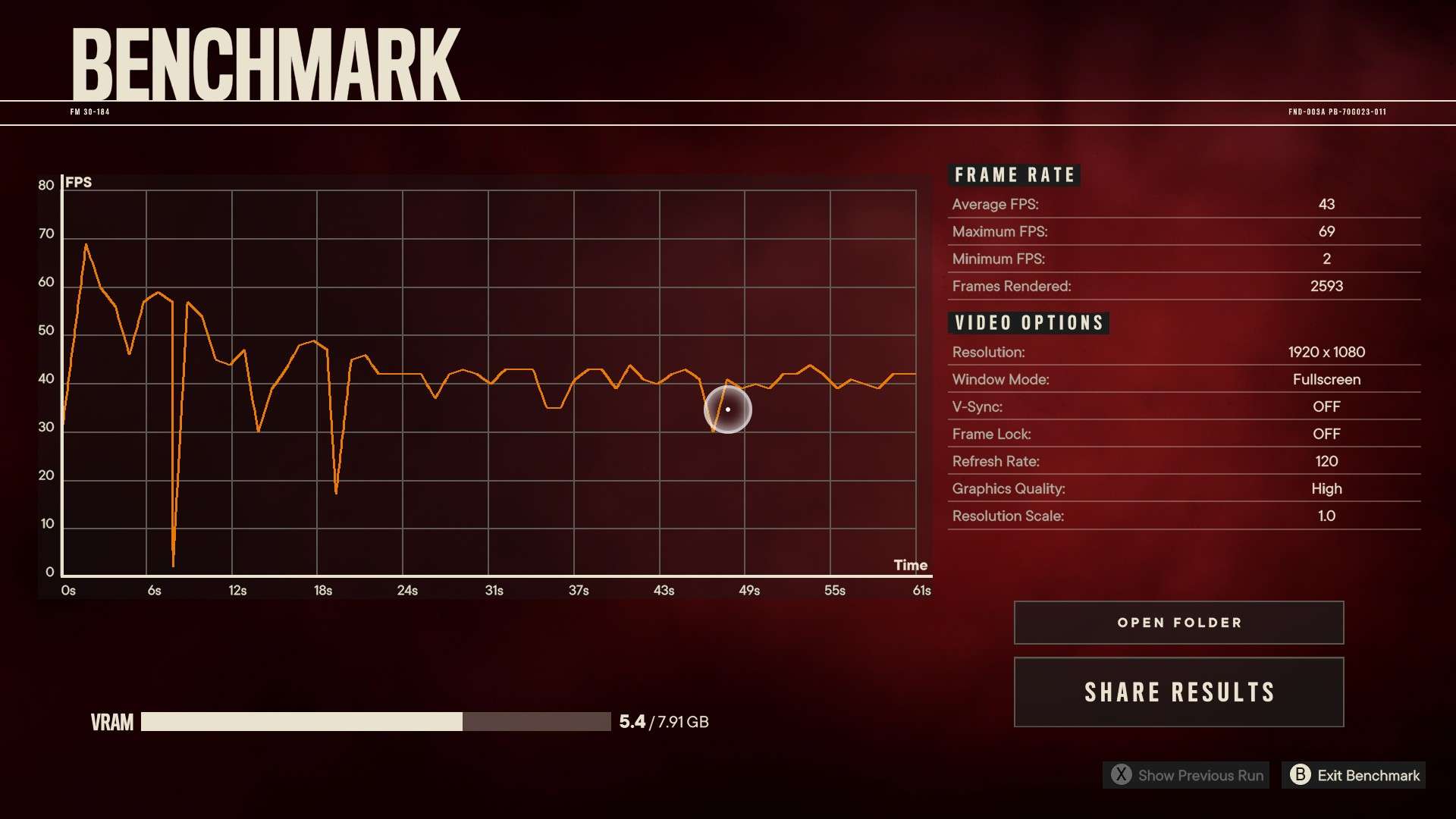
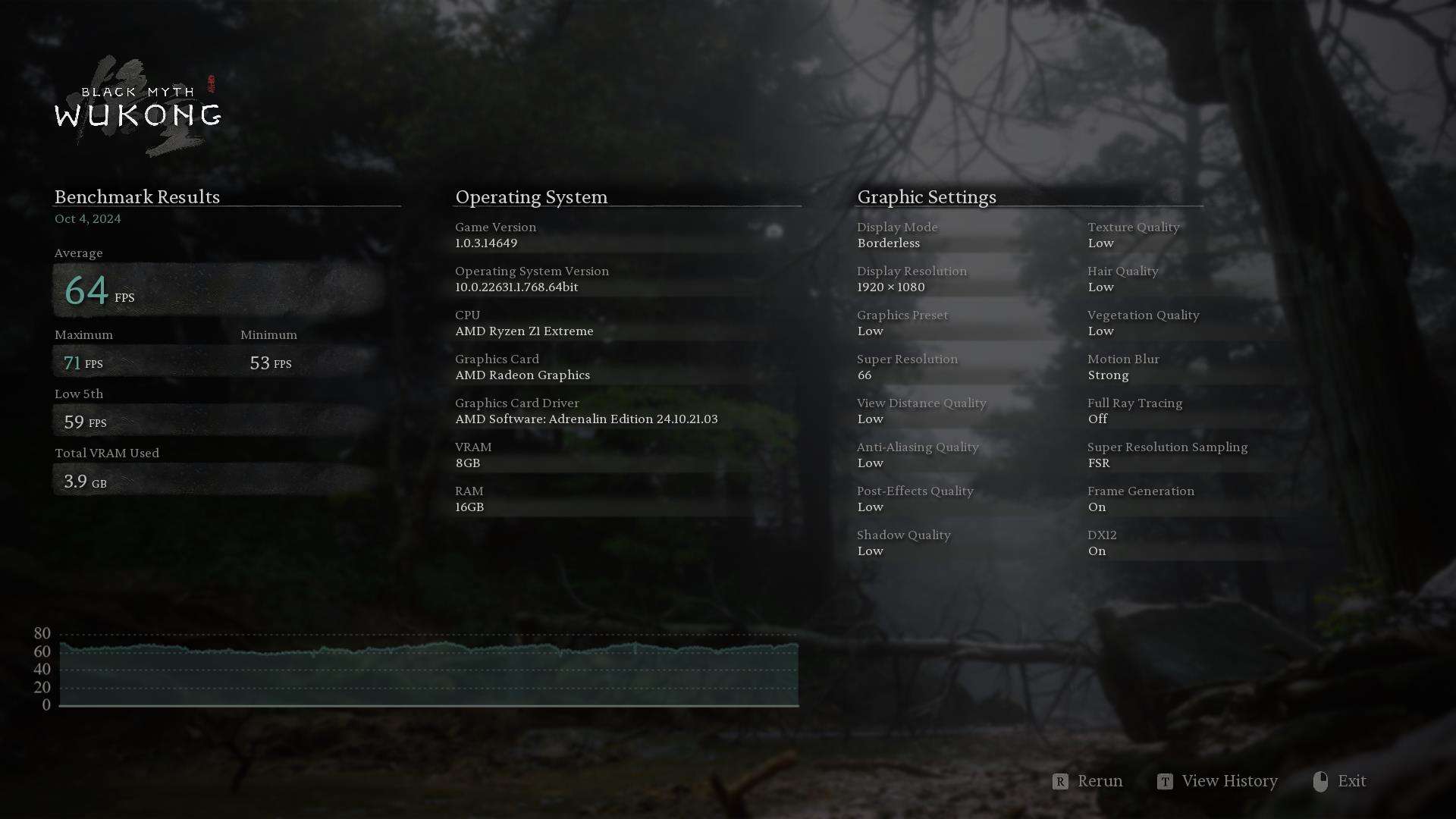
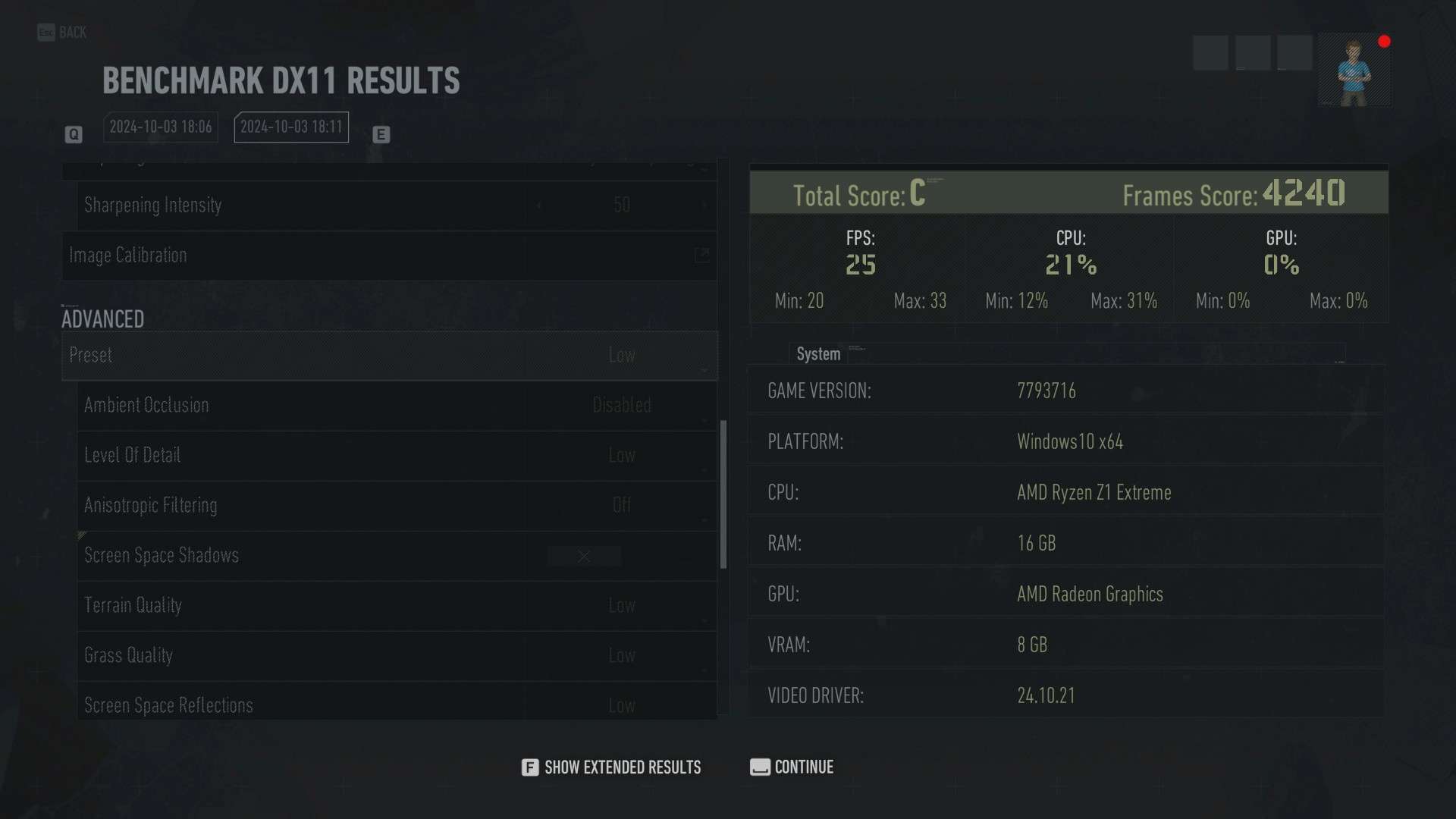
Should you buy ROG ALLY X?
The Asus ROG Ally X successfully builds upon the foundation laid by the original model, offering significant improvements in cooling, battery life, and performance with its enhanced RAM and additional features. While it has a few minor drawbacks, such as the lack of a brightness button and its tendency to collect dust, these issues are easily overshadowed by its versatility and power. With the ability to run both modern games and a wide range of emulators, the ROG Ally X stands out as a top-tier Windows-based handheld gaming device, perfect for gamers seeking performance and flexibility on the go.

